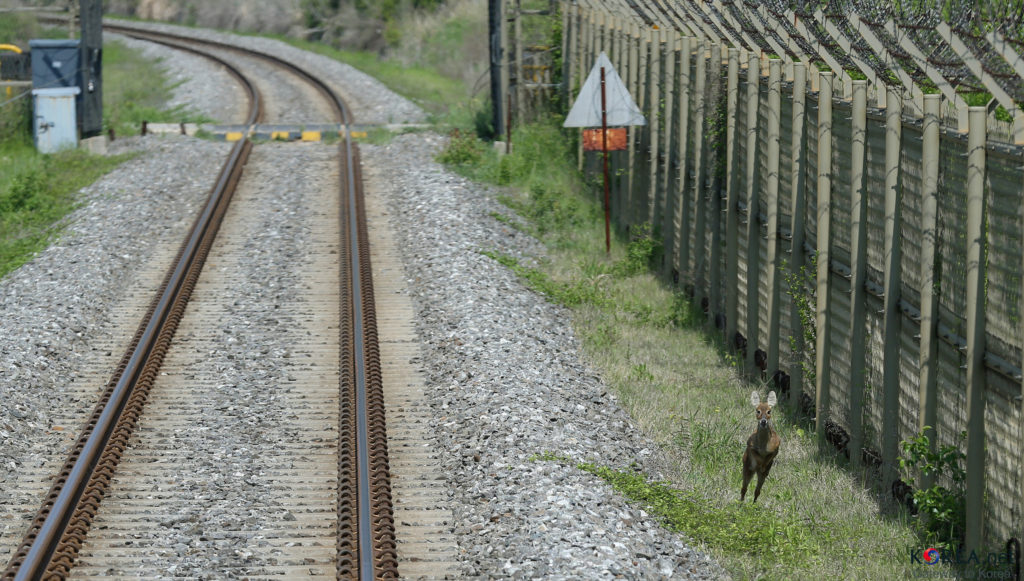The Peninsula
October 2014: Hope and Despair with Inter-Korean Relations

By Nicholas Hamisevicz
October started off well for inter-Korean relations, but ended in disappointment. North Korea surprisingly sent three of its top leaders to Incheon, South Korea for the closing of the Asian Games and to meet with South Korean officials. Following the meetings, the two Koreas announced their desire to have another high level meeting either in late October or early November. However, almost every inter-Korea event after that day afterwards created a feeling that North and South Korea were actually moving farther apart from each other rather than building on ties leading up to the agreed upon second meeting. On November 2, the North Korean government informed South Korea via fax that it would not meet due to the balloons. The failure to meet puts the Park Geun-hye administration in a difficult position. North Korea has not provided any sign that would allow the Park Geun-hye administration to move forward with desired inter-Korean activities all while pressure has been mounting on President Park to get something accomplished with North Korea.
Not even a week after the meeting in Incheon, the two Koreas were exchanging fire. First, the two sides exchanged fire near the Northern Limit Line in the West Sea on October 7. Then on October 10, North and South Korea actually traded fire on land across the DMZ; North Korea started shooting at balloons launched by activists in South Korea. A high level military meeting between the two Koreas on October 16 was uneventful, and the two sides again shot at each other, this time the fire was between border patrol units along the DMZ on October 19.
In addition to the military exchanges of fire on land and at sea, North Korea constantly insisted that the balloon launches be stopped in order to have talks. The Park Geun-hye administration insisted that it would not prevent South Korean citizens from exercising the right to free speech. The more North Korea called for the blocking of the balloon launches, the more it looked like North Korea didn’t want to have this meeting with South Korea.
Despite saying it wouldn’t fully prevent the activists from launching the balloons, the Park Geun-hye administration tried multiple other ways to indicate it would still willing to meet with North Korea. The South Korean government proposed actual dates for the meeting. It approved a religious group’s visit to North Korea. Moreover, while it didn’t stop the balloon activists, the metal tower near the DMZ that was made into a big Christmas tree with lights each winter and had been used for propaganda purposes against North Korea had been taken down. Government officials said that tower was removed due to safety concerns due to its risk of collapsing, but North Korea could have taken the move as one propaganda outlet ceasing to exist as a platform of anti-North Korea messaging and used it to move forward with inter-Korean talks.
However, North Korea was unable to get passed its demand for stopping the balloon launches, ending in despair a month that started off somewhat hopeful. The Park Geun-hye administration is now in a difficult position with inter-Korean relations. She was already under pressure from both the opposition and members of her own party to do more with North Korea. There was a push to end the May 24th sanctions, but with no movement in inter-Korean relations, it will be more difficult for the Park Geun-hye administration to unilaterally remove the sanctions.
No matter what she tries to do next with North Korea, any outreach by Park Geun-hye to North Korea will still be trying to build initial trust between the two sides. Early success in dealing with North Korea has now given way to sentiment that something must be done with North Korea; moreover, the Park Geun-hye administration will have to fight against the belief that it should have done more to stop the balloons in order to get the second meeting with North Korea. Inter-Korean relations will now go back to arguments over policies rather than analysis over actual meetings between the two countries.
Nicholas Hamisevicz is the Director of Research and Academic Affairs at the Korea Economic Institute of America. The views expressed here are the author’s alone.
Photo from Korea.net’s photostream on flickr Creative Commons.
